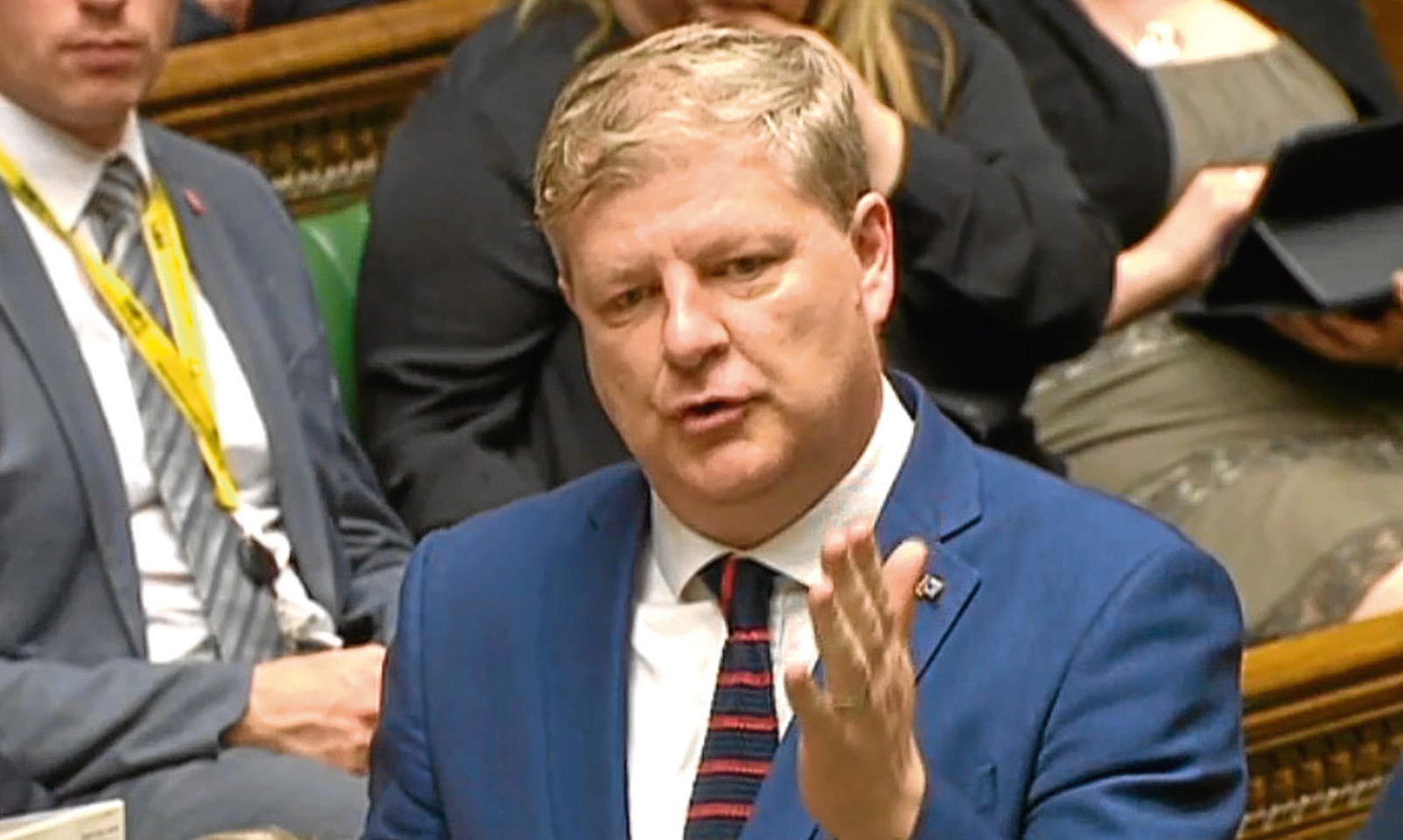The SNP will seek European Union membership for an independent Scotland, senior party figures have confirmed.
Reports yesterday suggested Nicola Sturgeon might abandon plans to be part of the Brussels bloc if there was a vote to leave the UK but this was strongly denied by Nationalist strategists, who said EU is “in the party’s DNA”.
It came as Prime Minister Theresa told MPs that “Scotland will be leaving the European Union” whether or not it becomes independent.
A report in the Daily Telegraph claimed the First Minister would try to join the European Free Trade Association in an effort to placate the 400,000 2014 independence voters who backed Leave in last year’s EU referendum.
The Courier understands such a move would only be made as a transitional arrangement to stay in the single market while re-entry is sought into the EU.
SNP sources claim that, privately, senior figures on the continent are positive about membership arrangements being negotiated quickly.
However, Alfonso Dastis, the Spanish foreign minister, said this week that an independent Scotland would have to “join the queue” to become a new member of the EU.
Lewis Macdonald, Labour’s Europe spokesman, said: “This is more chaos and confusion from the Nationalists on Europe.”
During Prime Minister’s Questions, Mrs May warned the SNP against “constitutional game-playing” after coming under pressure to offer the devolved administrations a say before triggering Article 50, the formal process for leaving the EU, which will receive Royal Assent today.
This means the government can now act, but it is expected to wait until the end of the month.
Angus Robertson, the SNP leader at Westminster, accused the Prime Minister of breaking promises to secure a UK-wide agreement before firing the starting gun on Brexit negotiations.
He said: “Does she not understand that if she does not secure an agreement before triggering Article 50, if she is not prepared to negotiate on behalf of the Scottish Government and secure membership of the single European market, people in Scotland will have a referendum and we will have our say?”
The Prime Minister said there would be “further discussions” with devolved administrations.
She added: “Scotland will be leaving the European Union. It will leave the European Union either as a member of the United Kingdom or were it independent – it is very clear…that it would not be a member of the European Union.”
